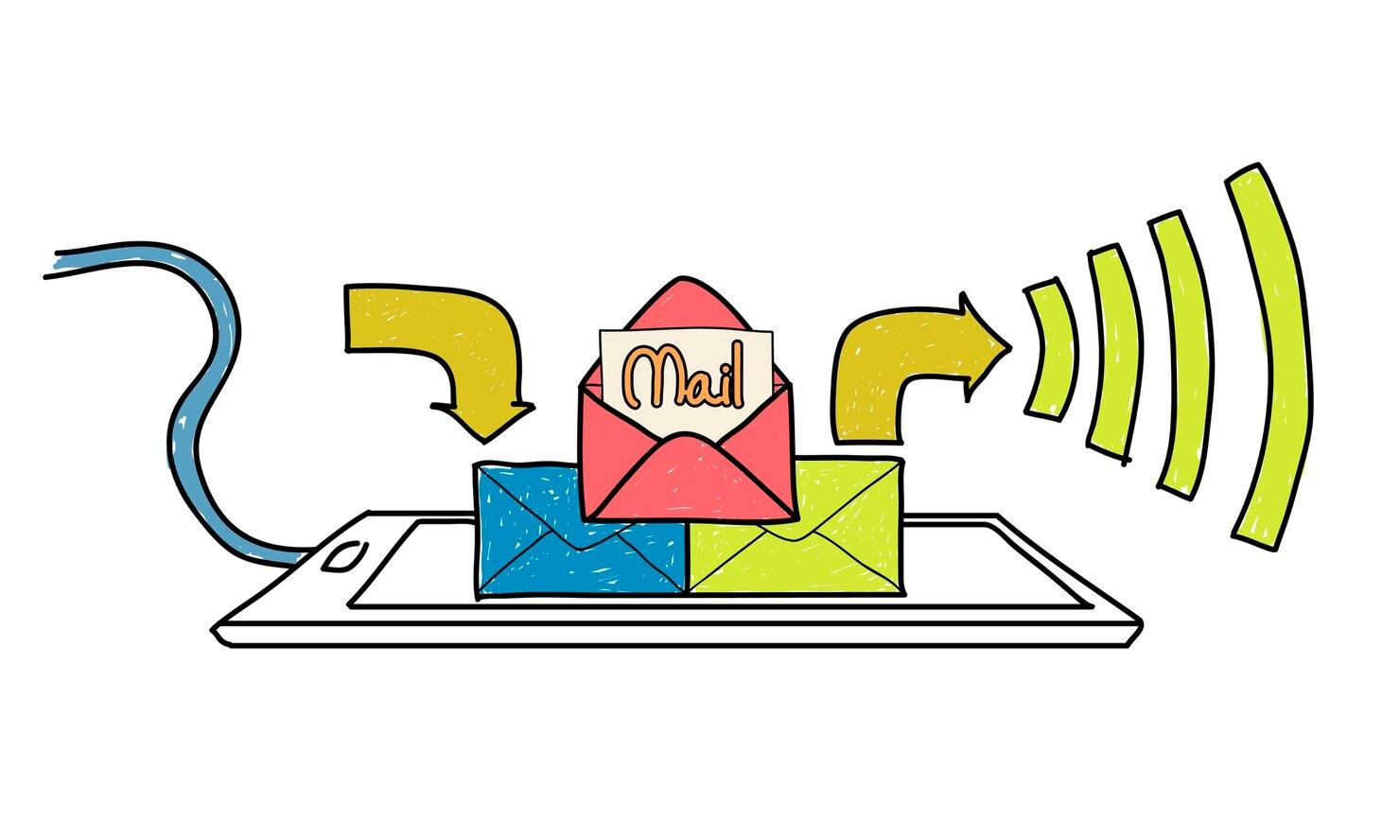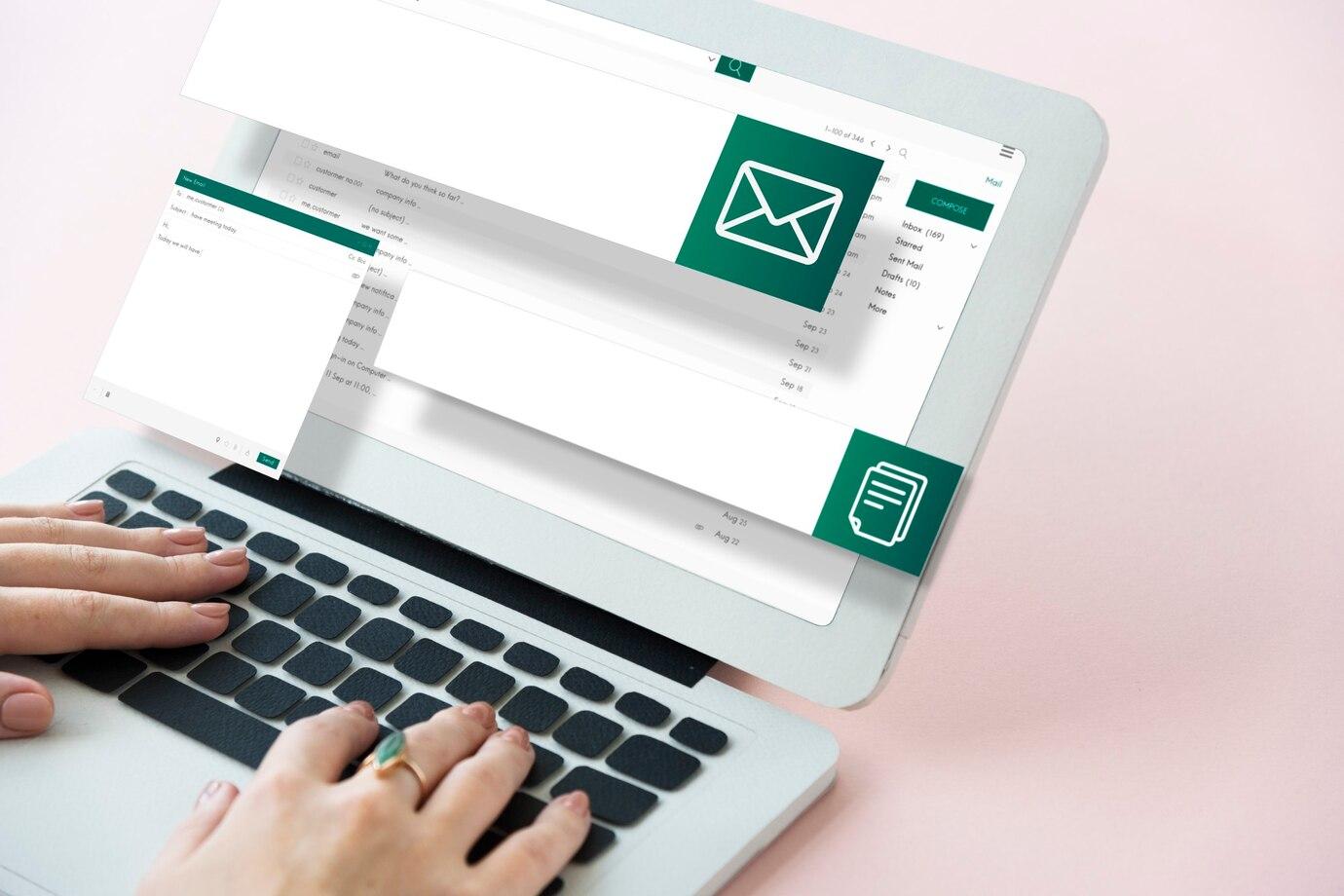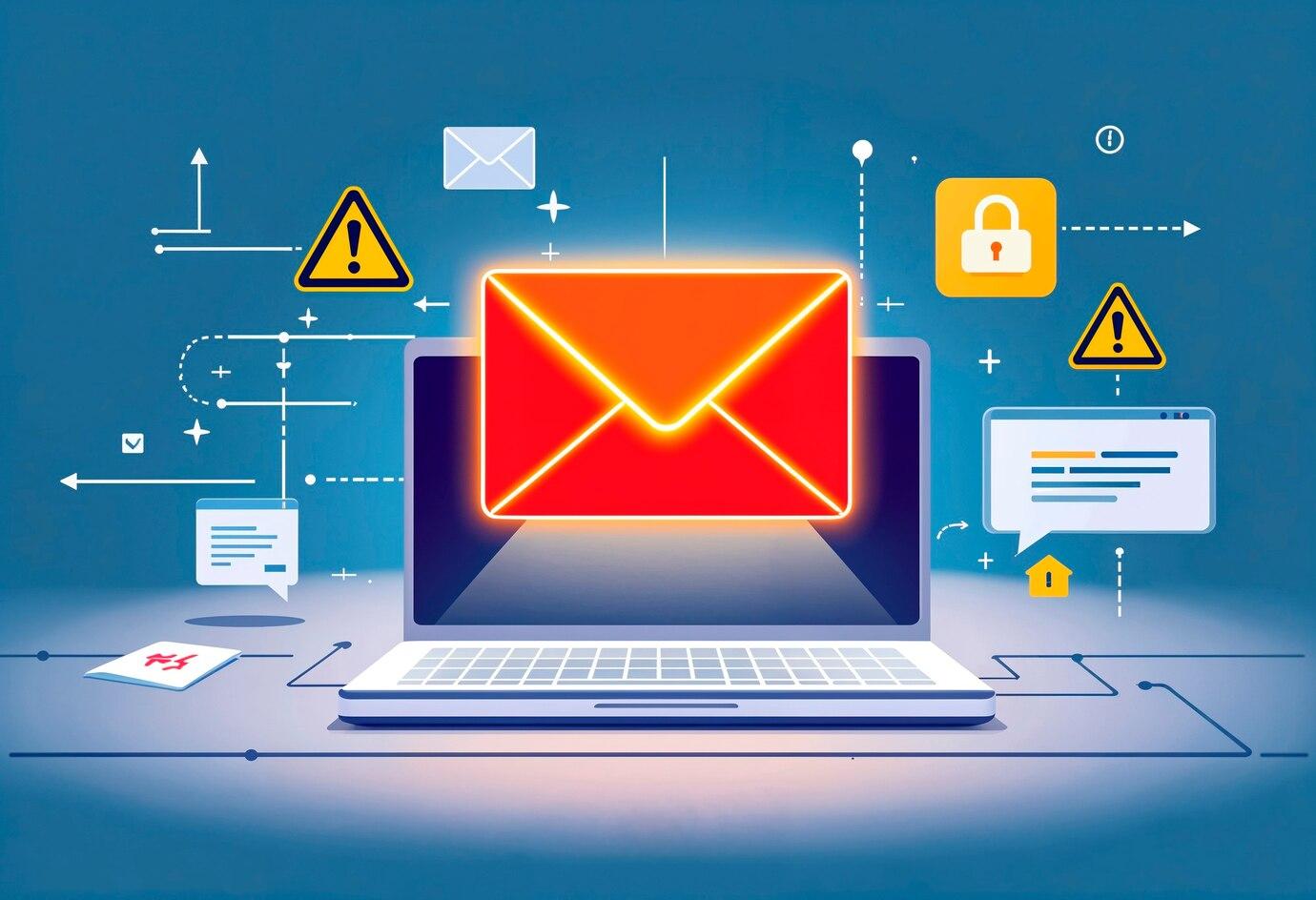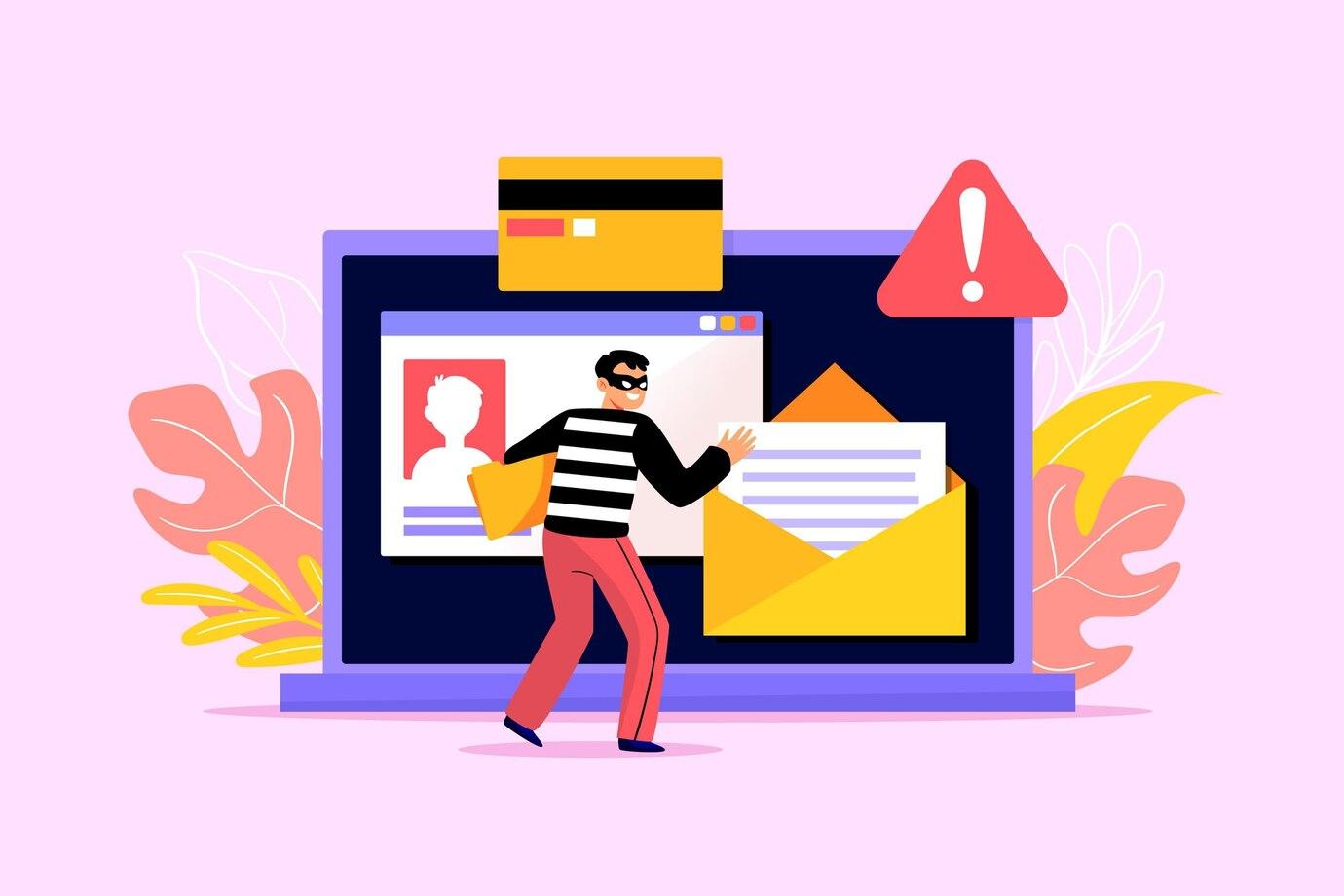In today's digital world, email remains one of the most popular means of communication. However, along with its convenience, new threats have emerged, including fraud, which often takes the form of phishing. Email phishing – is a method by which fraudsters deceive people into providing their personal data or financial information. This can occur through fake emails from well-known banks or companies, as well as using other cunning methods.
Phishing Technologies
Phishing (from the English word "fishing") — is a method of fraud where attackers impersonate reliable sources to deceitfully obtain confidential information. Such emails may appear to be sent from well-known or trusted organizations, such as banks, companies, and even government agencies. Often, they contain links to fake websites or ask to click on a link to verify your account.
To successfully implement their schemes, phishers use various technologies. This may include creating fake sites that look like genuine resources where users enter their personal data. Trojan programs and other malicious software, which can be sent as attachments, are also often used. Thus, if a user opens a file, the virus can gain access to their data.

Fake Bank Emails
One of the most common forms of phishing — is fake emails from banks. These emails often contain messages that your account is at risk or that some data needs to be clarified. They are often designed to induce panic or urgency. For example, fraudsters might write that funds have been withdrawn from your account, and you need to immediately confirm your identity by clicking on a link.
These emails may contain language errors, but sometimes perfectly mimic the style of official company emails. Since many people are used to receiving information from their inbox, the likelihood of falling into the trap increases.
Scam in Email Campaigns
In addition to phishing, there are other types of email fraud, such as scams. This is a general category covering all types of deception through email. Scam emails often contain lures, mystical promises, insufficient plausibility, or too good to be true offers.
Such emails often have subjects related to financial offers or "winnings" in contests you never participated in. Promises of quick wealth easily attract people who want to improve their financial situation.

Fake Invoice Scams
One of the most insidious types of email fraud is fake invoice scams. This can manifest in various forms, such as when you receive an email with an attached fake invoice for services you never ordered.
Often these invoices are created using graphic designs that mimic real invoices from legitimate companies. Fraudsters use these fake invoices for intimidation or extortion, prompting the victim to pay under threat of consequences.
It is important to pay attention to details, such as spelling errors, lack of contact information, links to fake or incomplete websites, or any inconsistencies that might highlight this email as different from real invoices.
Fraud with Financial Emails
One of the common tactics of fraudsters that gained popularity in recent years is fraud with financial emails. These can be emails claiming that you are entitled to money or that you qualify for some benefits. Usually, such emails ask you to provide your financial information or transfer a small amount to unlock funds.
These emails often target the victim's emotions, playing on feelings of hope and greed. Fraudsters may provide an example of someone who has already successfully received money, thus prompting the victim to pay attention to the email content.
To minimize risks, it is important to follow basic safety rules, such as never providing your personal data via email or clicking on suspicious links, even if large sums are involved.
Try to update your passwords as often as possible and use complex combinations to protect your accounts.

How to Recognize Phishing Emails
The ability to recognize phishing emails — is a key skill for protecting yourself from fraud. The first step — is to inquire about how you received the email. If it came from an unknown source, be especially cautious. Fraudsters like to use addresses that look familiar but may not be genuine.
Also, pay attention to the language used in the email. If the message sounds unnatural or contains many typos, it may be a sign of fraud. Carefully analyze links before clicking on them, and remember that many phishing sites have URLs slightly different from the original.
Do not ignore where the message came from. If it's a standard company name, such as "bank," check the full email address. Often fraudsters disguise their addresses to make them look legitimate. Check details before opening attachments or clicking on a link.
Additionally, when receiving a suspicious email, it's best to contact the relevant organization directly, using official contact details, to ensure that the message is genuine.

Protection from Email Scammers
Your protection from email scammers lies in knowing how to recognize them and what precautions to take. There are several ways that can help you avoid falling into a trap much more easily.
Firstly, using antivirus software — is one of the first steps to ensuring your safety. Such programs can warn you about malicious websites and block potential threats.
Secondly, consider using two-factor authentication, if available, for your bank accounts and other important accounts. This will significantly complicate life for fraudsters and increase your level of protection.
Thirdly, keep track of payment dates and deadlines to distinguish legitimate emails from fraudulent ones. Don't succumb to pressure in a flash — it's always better to take a little time to double-check the information.
Financial fraud through email campaigns, such as phishing, poses a real threat to all internet users. With the constant development of technology, fraudsters become more cunning, and their methods — more sophisticated. Therefore, it is important to be aware of these threats and develop your skills in recognizing phishing and other types of fraud.
 >
>